A good knife is one of the most valuable tools in any kitchen, but even the finest blades need regular maintenance to stay sharp. A dull knife not only makes meal prep more difficult, but it can also be dangerous, as it requires more pressure and increases the likelihood of slipping. That’s why investing in a good knife sharpener is essential to keep your blades in top condition. But with so many options available, how do you choose the best one for your kitchen? In this guide, we’ll explore different types of knife sharpeners, including a lesser-known option—rolling knife sharpeners—and help you select the best tool for your needs.
1. Understand the Types of Knife Sharpeners
There are several types of knife sharpeners, each with its own advantages and best-use cases. Knowing the differences can help you decide which one is right for you.
-
Manual Knife Sharpeners: These typically come in a handheld design with slots for different sharpening stages (coarse and fine). You simply pull the knife through the slots to sharpen. They’re compact, easy to use, and affordable, making them a popular choice for home kitchens.
-
Electric Knife Sharpeners: Electric sharpeners do the hard work for you. With motorized wheels that sharpen the blade as you gently pull the knife through, these devices are fast and effective, especially for those who prefer convenience. They often offer different stages for sharpening and honing, but they tend to be bulkier and more expensive than manual options.
-
Whetstones (Sharpening Stones): Whetstones require a bit more skill and practice, but they offer a precision that many professionals and enthusiasts prefer. These stones come in different grits (coarse to fine) and require you to manually sharpen the blade by sliding it across the surface at the correct angle. Whetstones are versatile and can sharpen a variety of blade types, but they require patience and technique to use effectively.
-
Rolling Knife Sharpeners: A relatively new addition to the sharpening world, rolling knife sharpeners feature a circular or rolling mechanism that you simply move back and forth over the blade. These sharpeners are compact, easy to use, and provide even sharpening with minimal effort. The rolling action mimics the motion of a whetstone, offering a smooth sharpening experience with less manual control required. They are a great middle ground for those who want more precision than manual sharpeners but don’t want the complexity of using a whetstone.
-
Honing Rods (Sharpening Steels): While technically not sharpeners, honing rods help maintain the edge of your knife by realigning the blade’s microscopic burrs. They are typically used between sharpening sessions to keep knives performing well but won’t restore a dull blade.
2. Consider Your Skill Level
Your experience and comfort level with knife sharpening should influence your choice. Here’s a breakdown:
-
Beginners: If you’re new to knife sharpening, a manual sharpener or rolling knife sharpener is a great starting point. Both are user-friendly and don’t require a lot of experience or technique to get the job done. Simply follow the instructions, and you’ll have sharp blades in no time.
-
Experienced Home Cooks: If you have some experience and want more control over the sharpening process, a whetstone may be the way to go. While it takes practice to master, whetstones allow you to sharpen blades with precision, which can result in a sharper edge and longer-lasting sharpness.
-
Professional or Enthusiasts: For those who are comfortable with the finer details of sharpening and want to achieve razor-sharp edges, investing in high-quality whetstones or electric sharpeners with adjustable settings might be ideal.
3. What Type of Knives Do You Have?
The type of knives in your collection should influence your sharpener choice as well.
-
Straight-Edged Blades: Most standard sharpeners, including rolling sharpeners, are designed to work with straight-edged knives like chef’s knives, paring knives, and utility knives.
-
Serrated Blades: Serrated knives, such as bread knives, require special sharpeners or specific slots on manual/electric sharpeners designed for serrations. Whetstones generally aren’t used for serrated knives.
-
Japanese Knives: If you own delicate Japanese knives with thinner, harder steel blades, you’ll want to be cautious with your sharpener choice. Whetstones are often recommended for these knives to ensure the best care, as aggressive electric or manual sharpeners can damage the blade.
4. Portability and Storage
The size and portability of the sharpener can be an important factor, especially if you have limited kitchen space or travel frequently.
-
Manual Sharpeners: These are generally compact and easy to store in a kitchen drawer. They’re also portable, making them a good option if you need to sharpen knives on the go, like during camping trips or outdoor events.
-
Electric Sharpeners: These tend to be larger and need a dedicated spot on your counter or in a cabinet. If space is a concern, consider a more compact model or a manual sharpener.
-
Whetstones: Whetstones are flat and can be stored easily, but they require a non-slip surface or a base to use properly. They’re highly portable, but since they require water or oil for sharpening, they might not be as convenient on the go.
-
Rolling Knife Sharpeners: Compact and easy to store, rolling knife sharpeners are perfect for kitchens with limited space. They’re also lightweight, making them portable for travel or outdoor cooking.
5. Budget Considerations
Knife sharpeners come in a wide range of prices. Here’s a breakdown of what to expect:
-
Budget-Friendly Options (Under $30): Manual and rolling sharpeners tend to fall into this category. They’re great for beginners or those who need an affordable, easy solution for basic sharpening needs.
-
Mid-Range ($30 - $100): This range includes higher-quality manual sharpeners, rolling sharpeners, and entry-level electric sharpeners. These products offer better durability, additional sharpening stages, and more refined results.
-
Premium ($100 and Up): Premium electric sharpeners and professional-grade whetstones can fall into this category. They offer top-tier performance and are ideal for serious home cooks or professionals who want the best sharpening experience.
6. Safety Features
When dealing with sharp blades, safety is always a priority. Look for sharpeners that have built-in safety features like:
-
Non-Slip Bases: A non-slip base keeps the sharpener steady during use, reducing the risk of accidents.
-
Finger Guards: Some manual sharpeners come with finger guards to protect your hands while pulling the knife through the slots.
-
Stable Design: Electric sharpeners should have a stable, balanced design to prevent movement while sharpening.
Conclusion
Choosing the best knife sharpener for your kitchen depends on several factors, including the type of knives you own, your skill level, and your budget. Manual, rolling, and electric sharpeners are excellent for everyday use and require minimal effort, while whetstones offer more precision and control for those willing to invest time in learning the technique. Remember to consider safety features and storage options when making your decision.
With the right knife sharpener, you can keep your kitchen knives razor-sharp, making meal prep easier and safer.


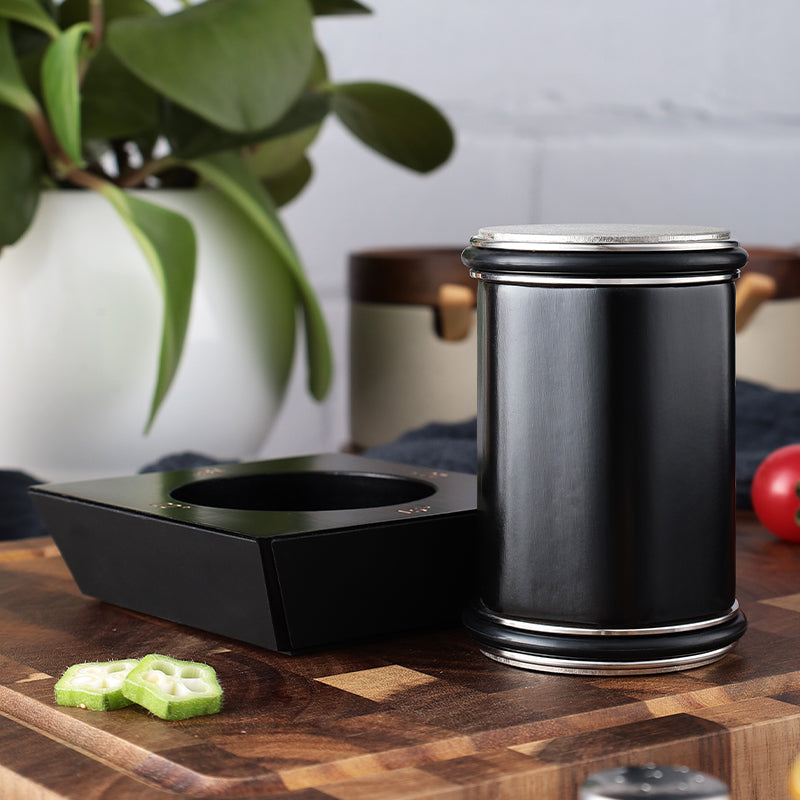



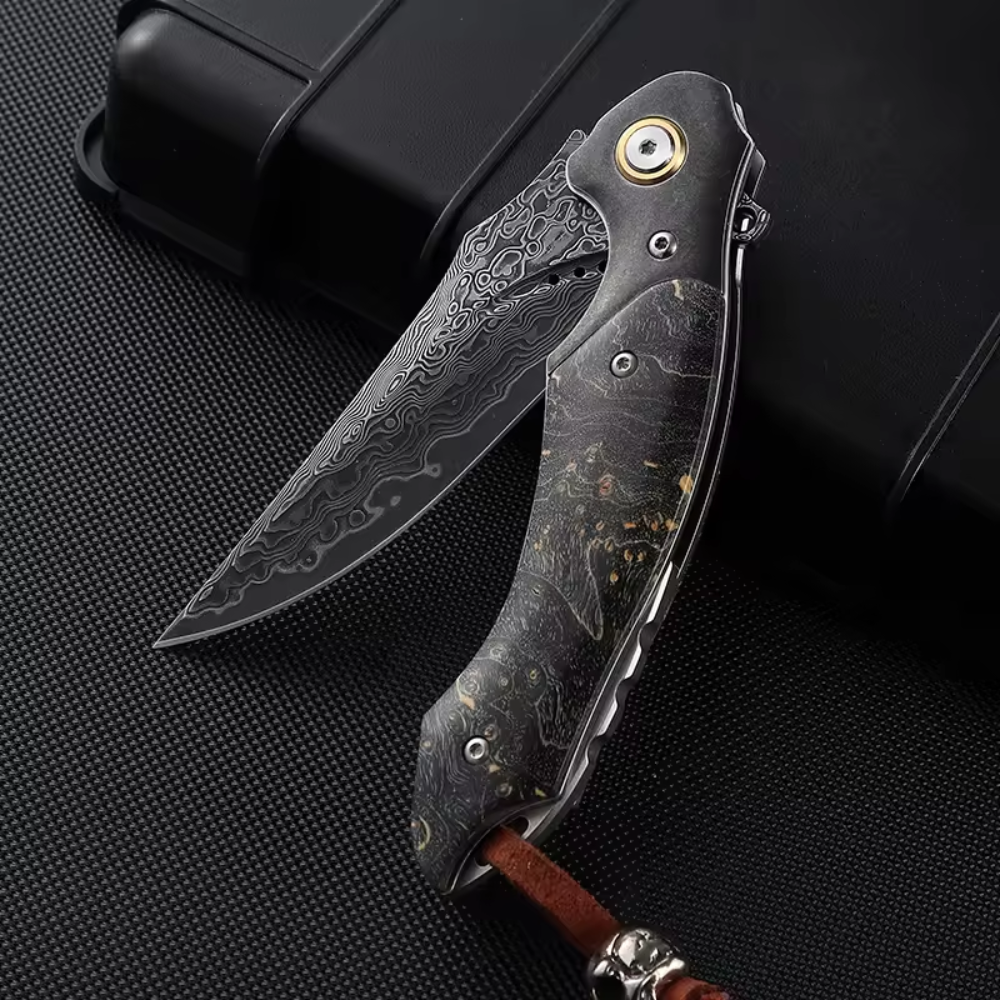
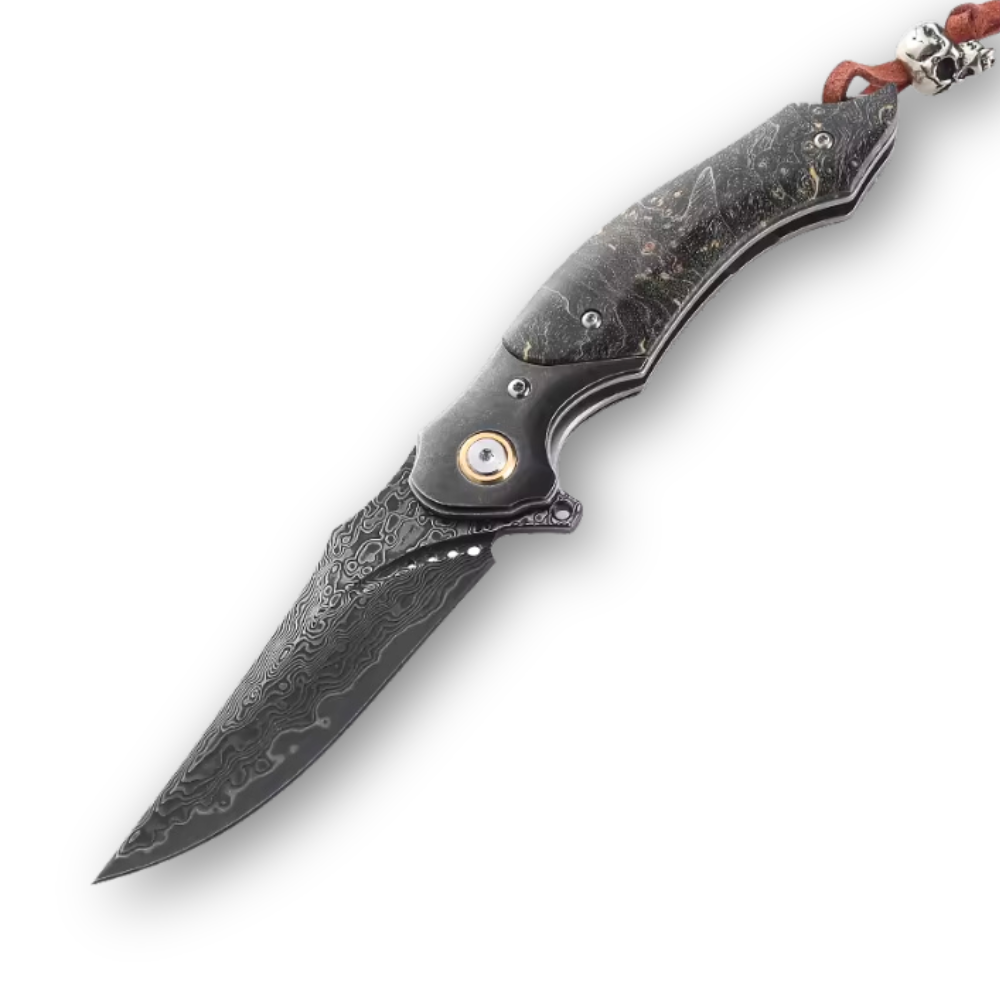

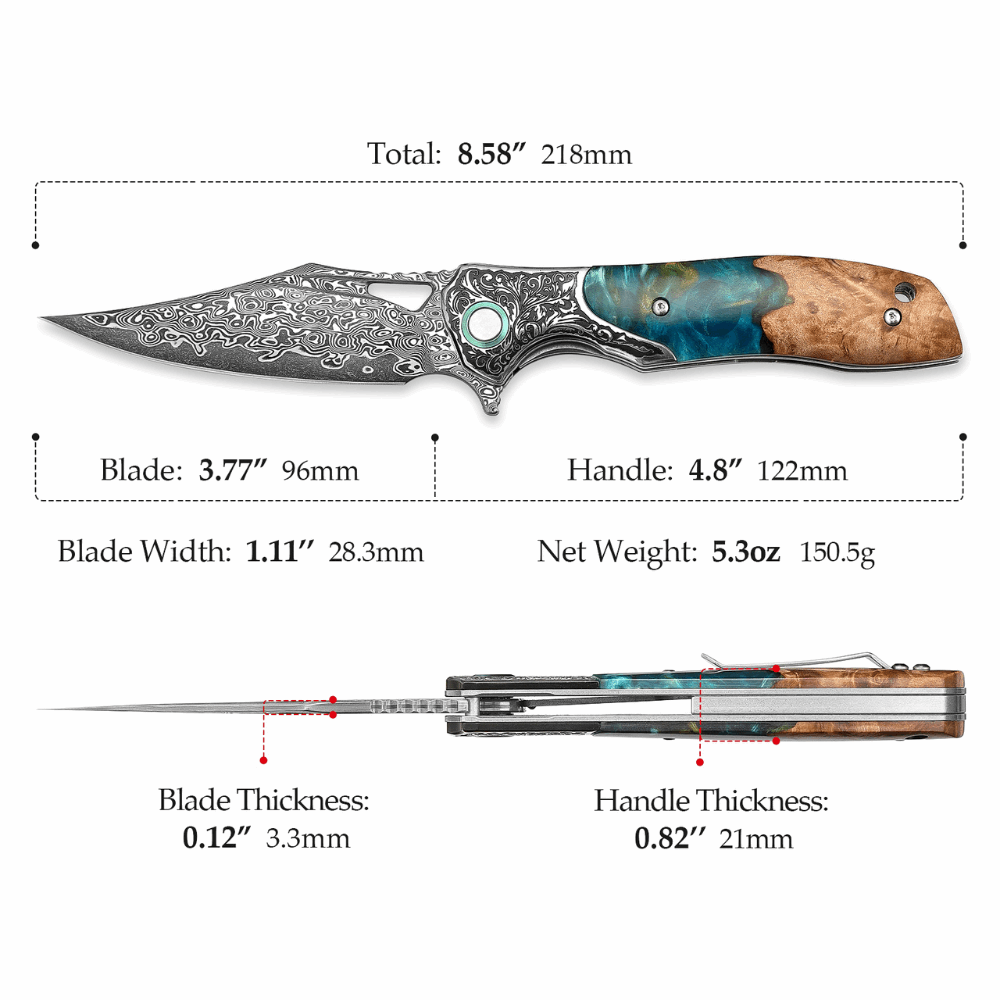
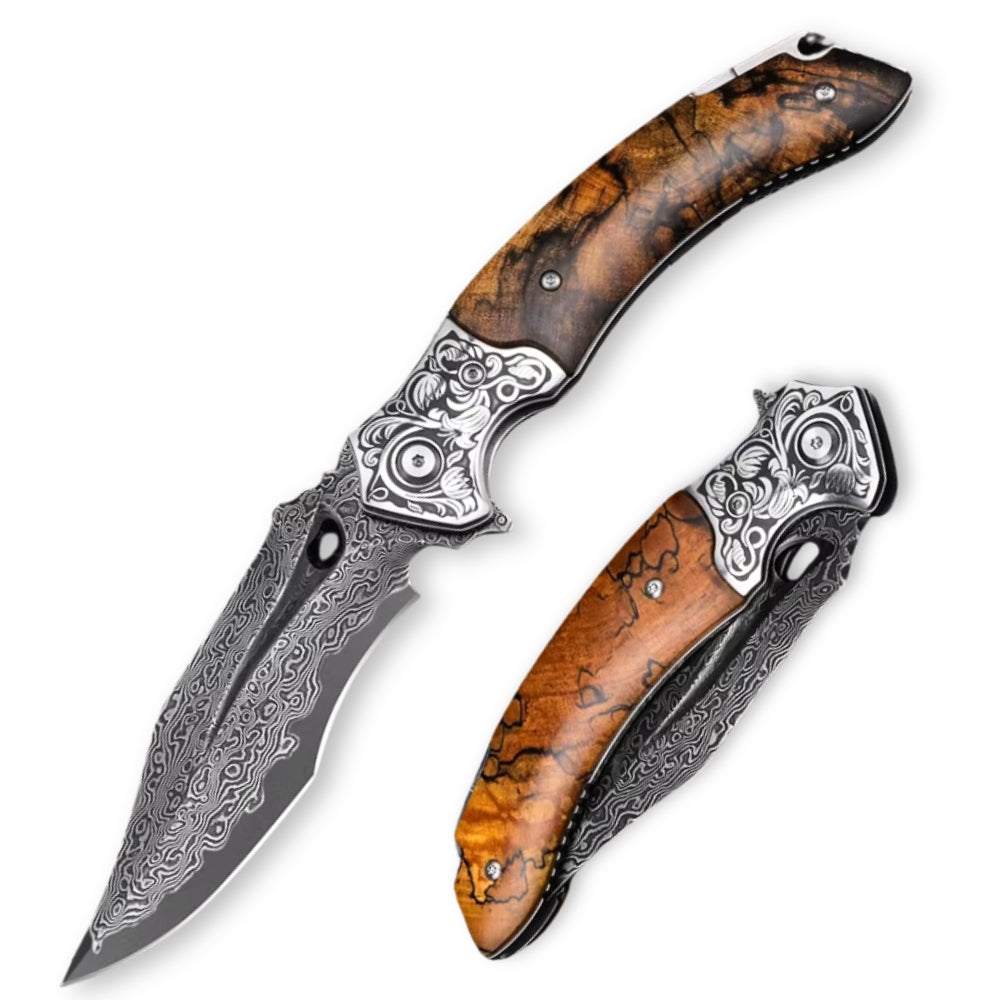
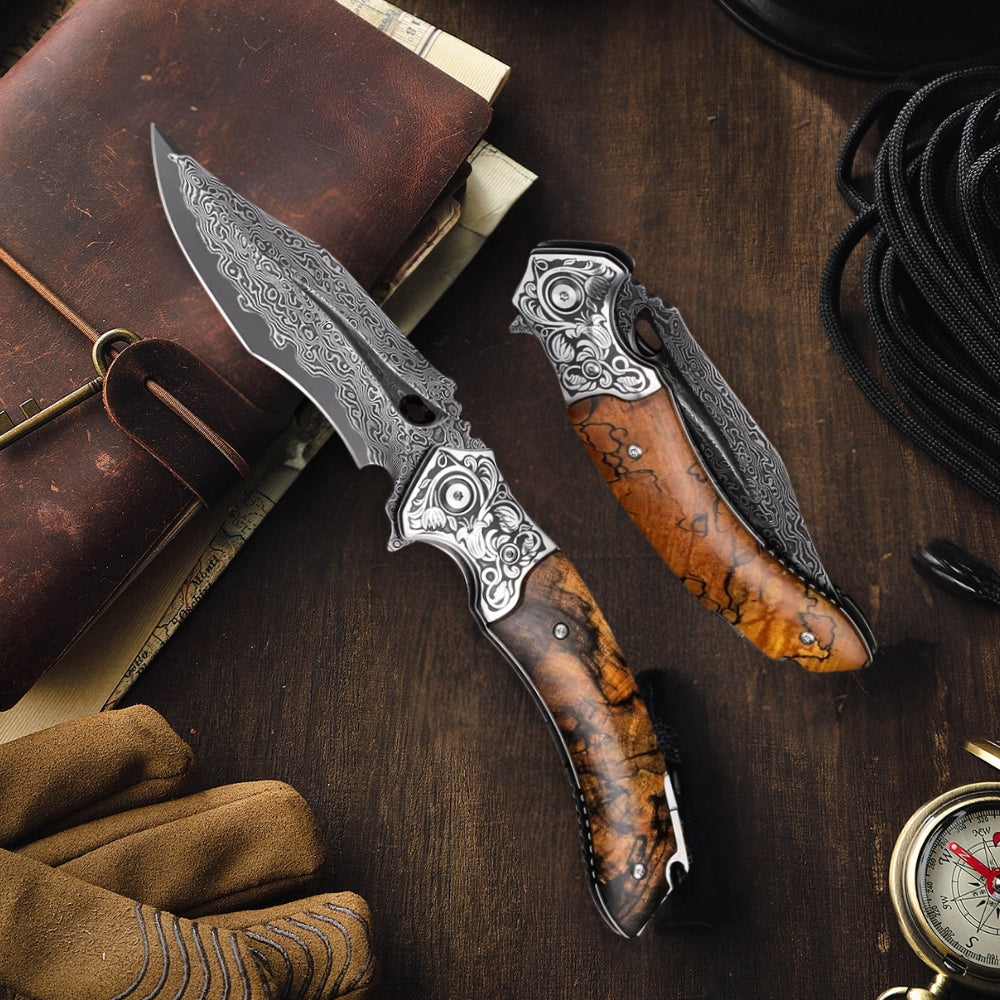
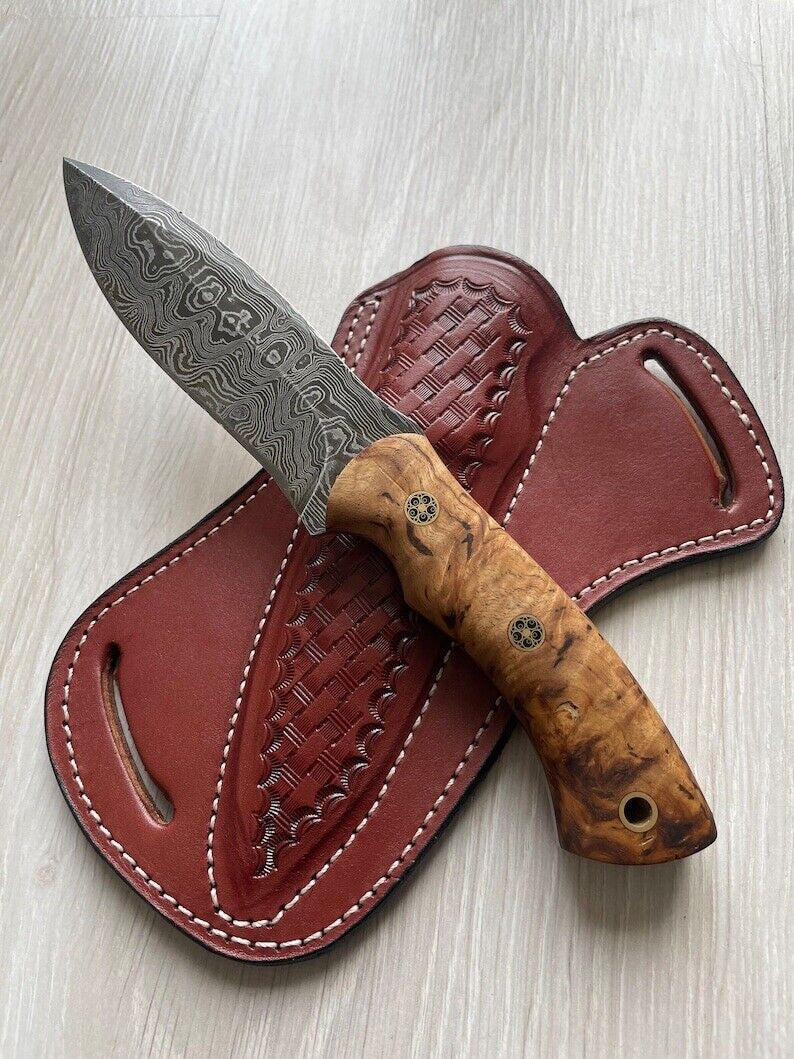
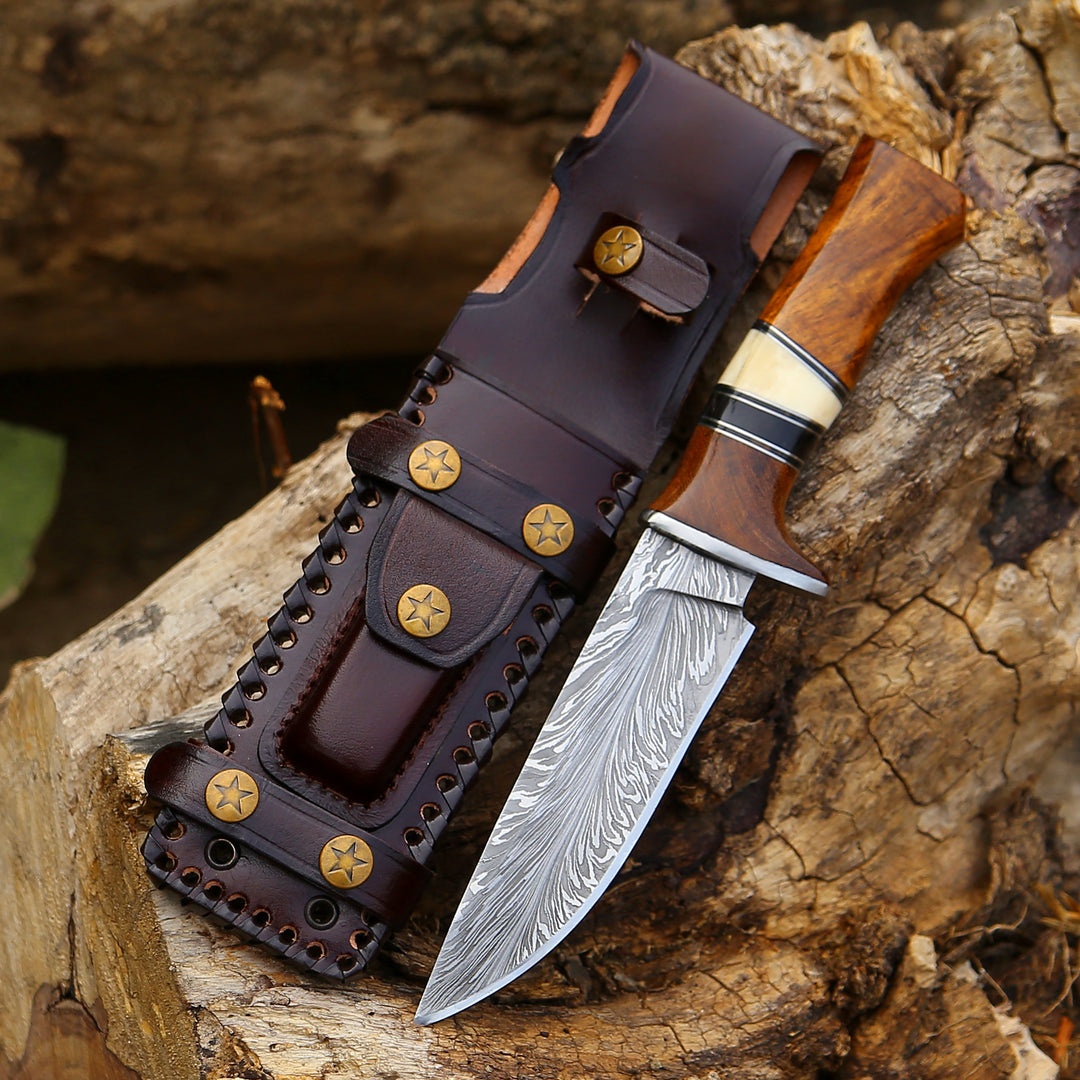
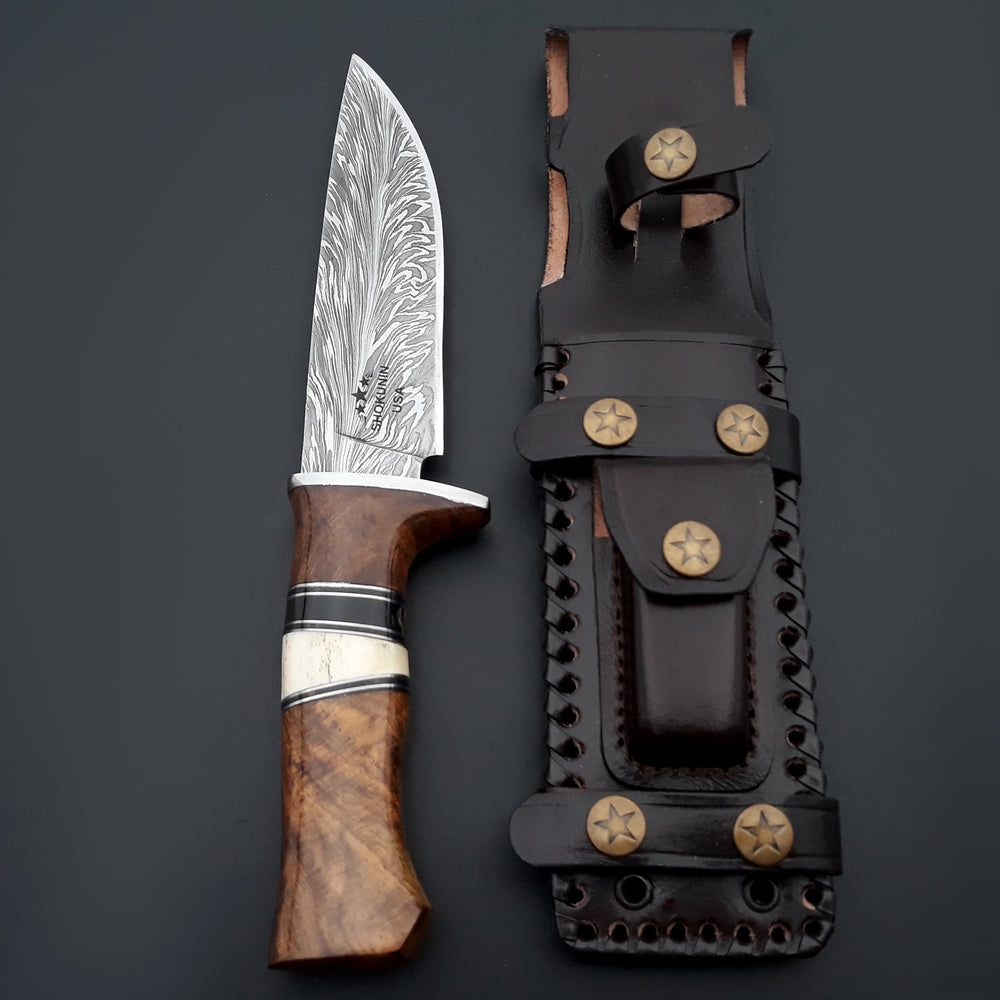
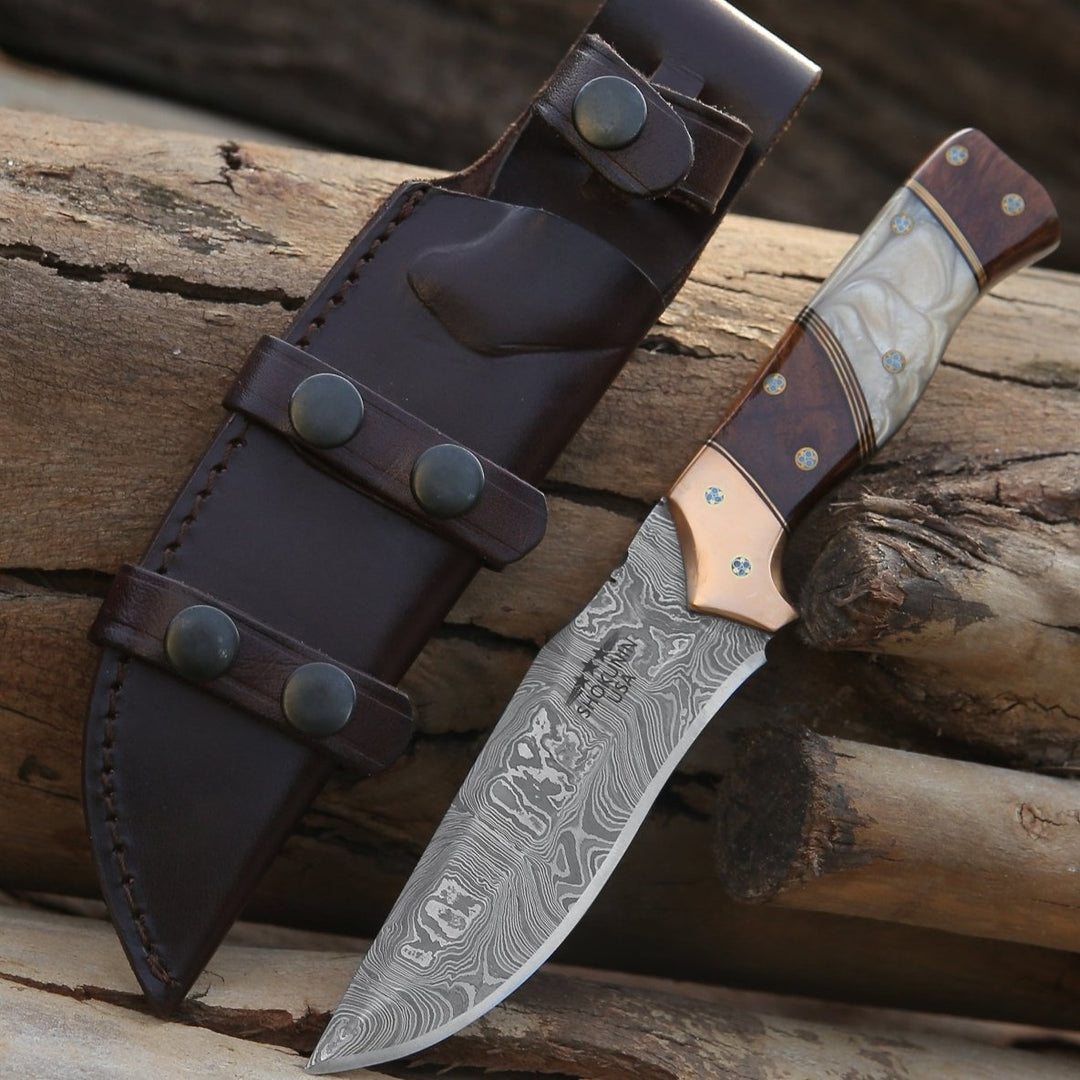
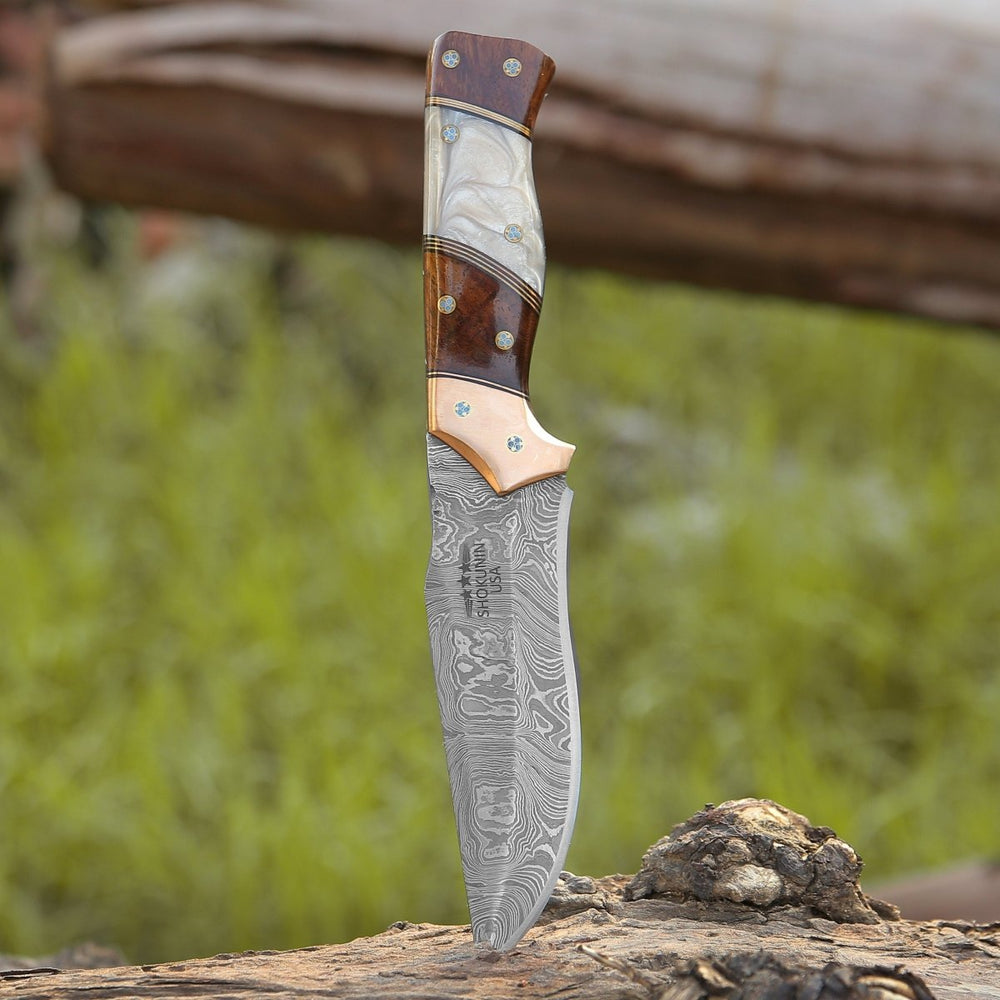
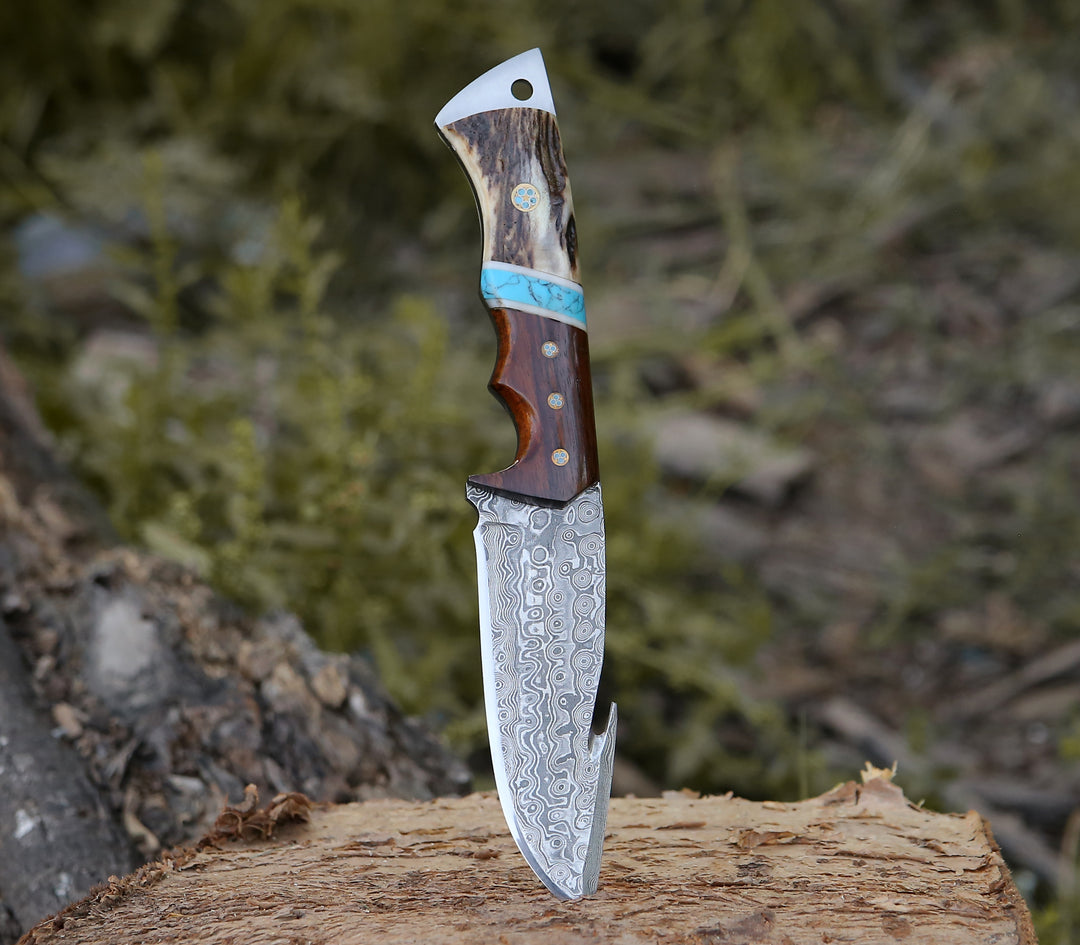
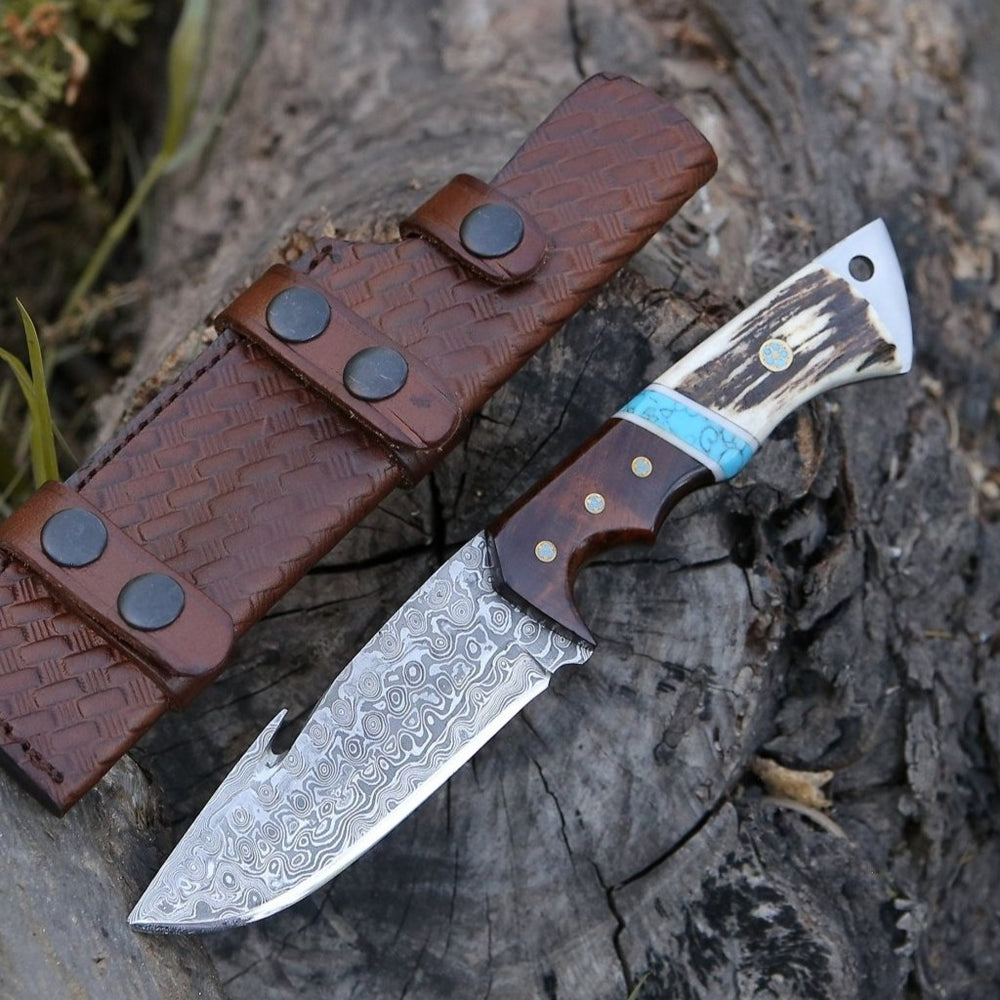
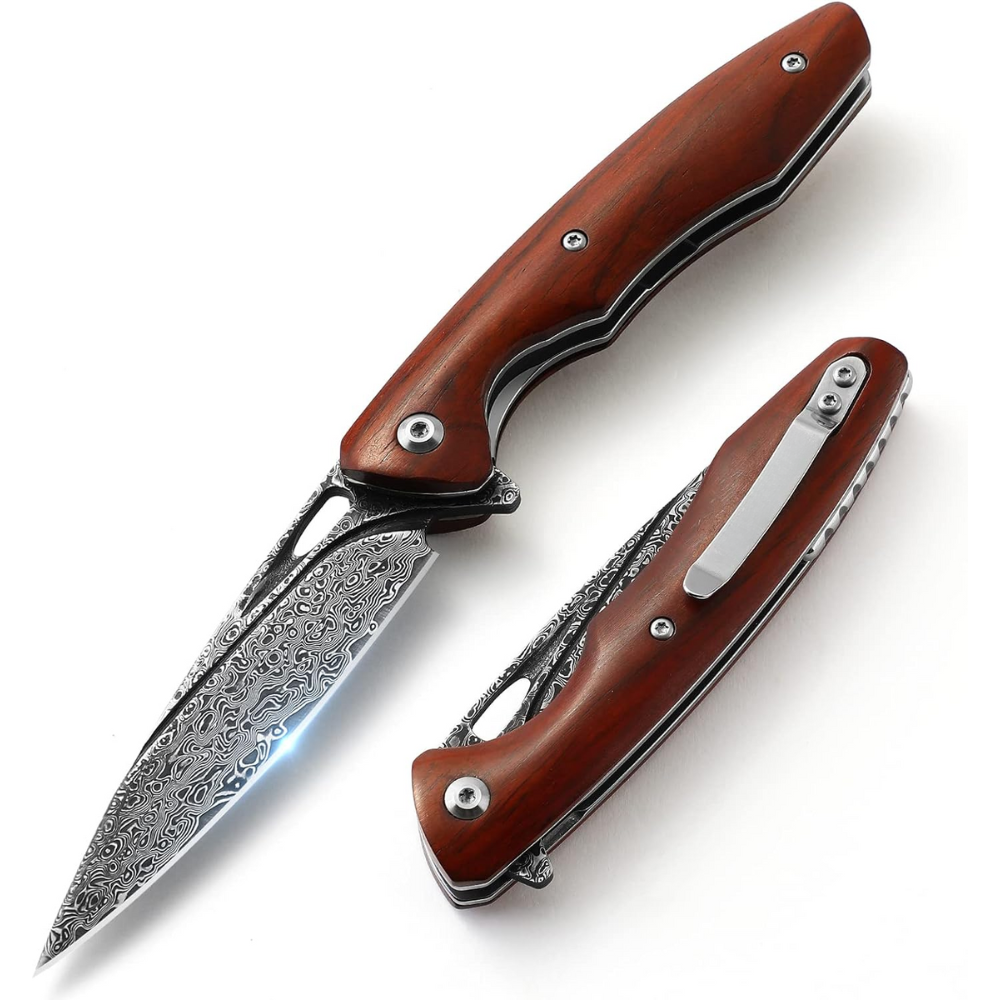
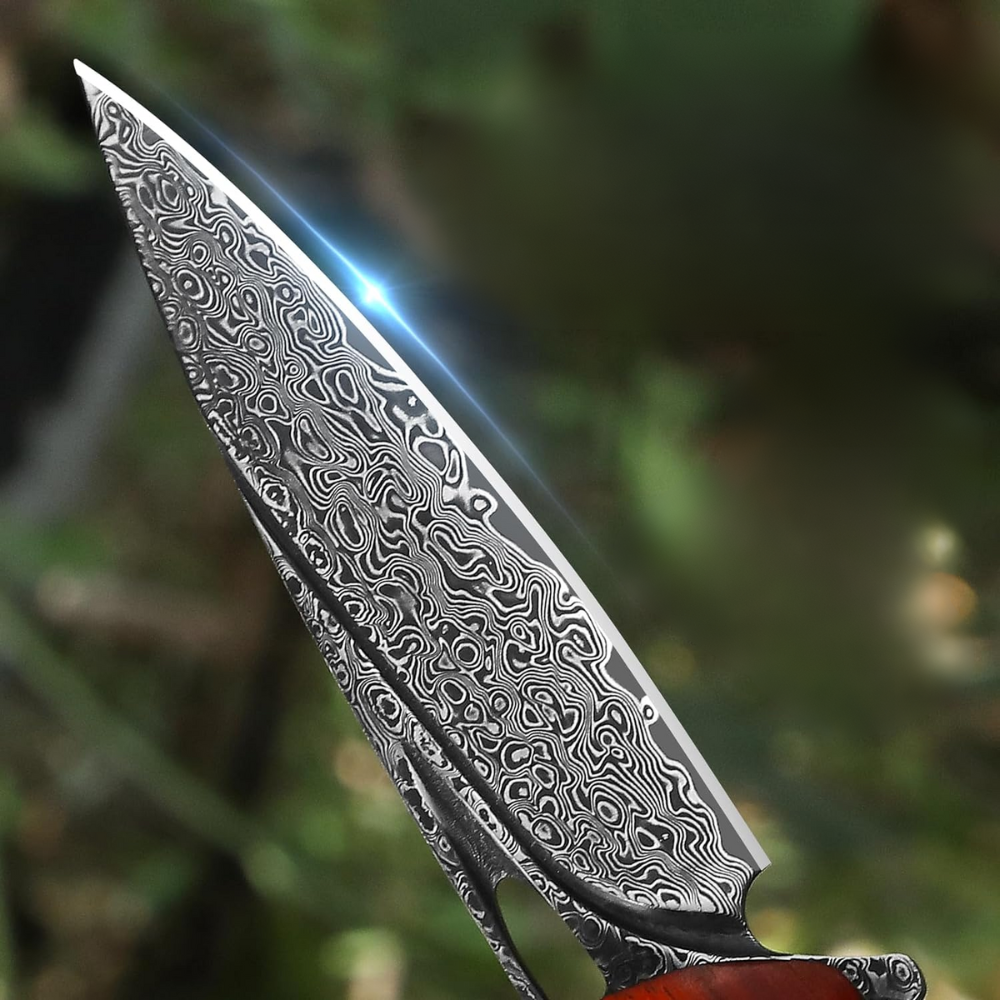
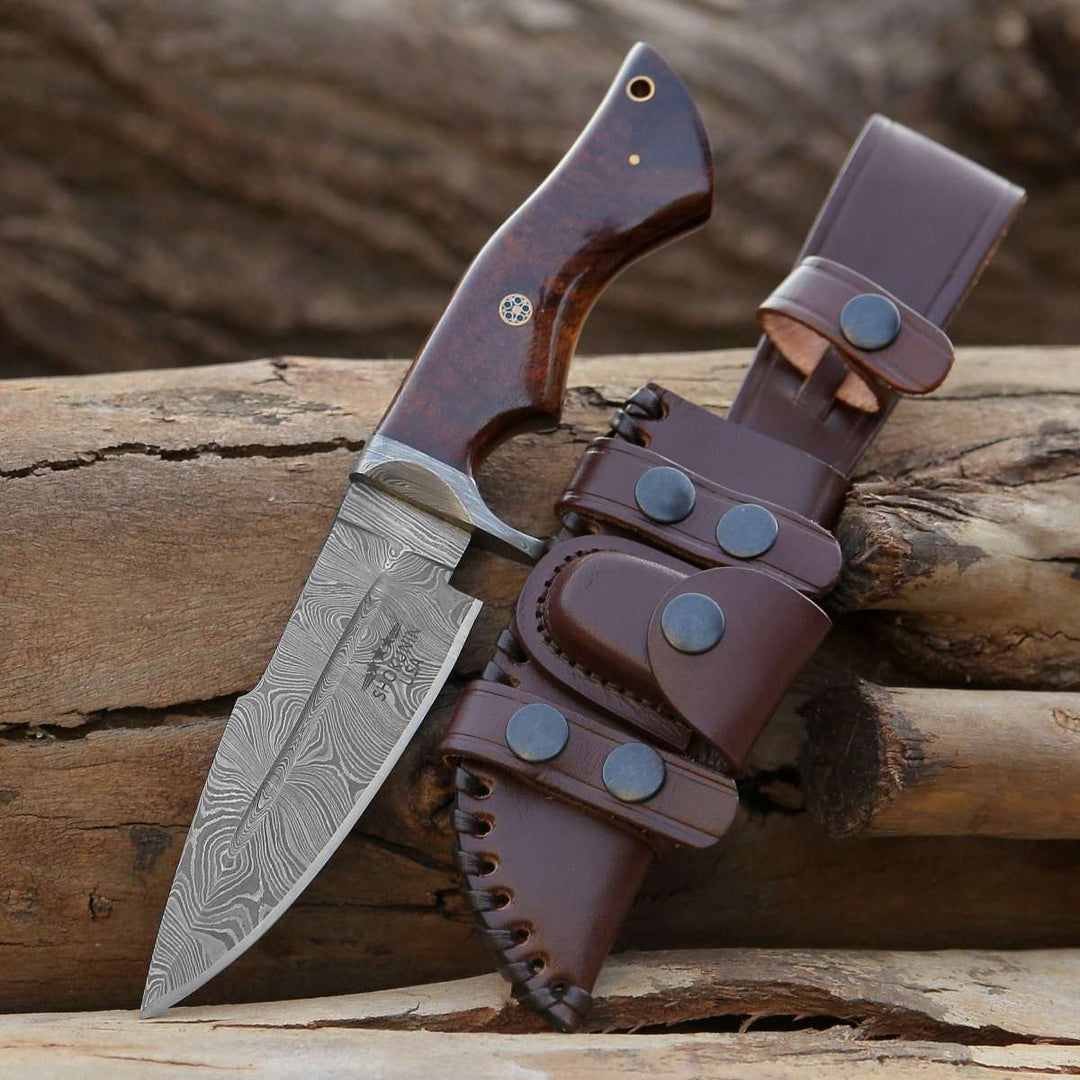
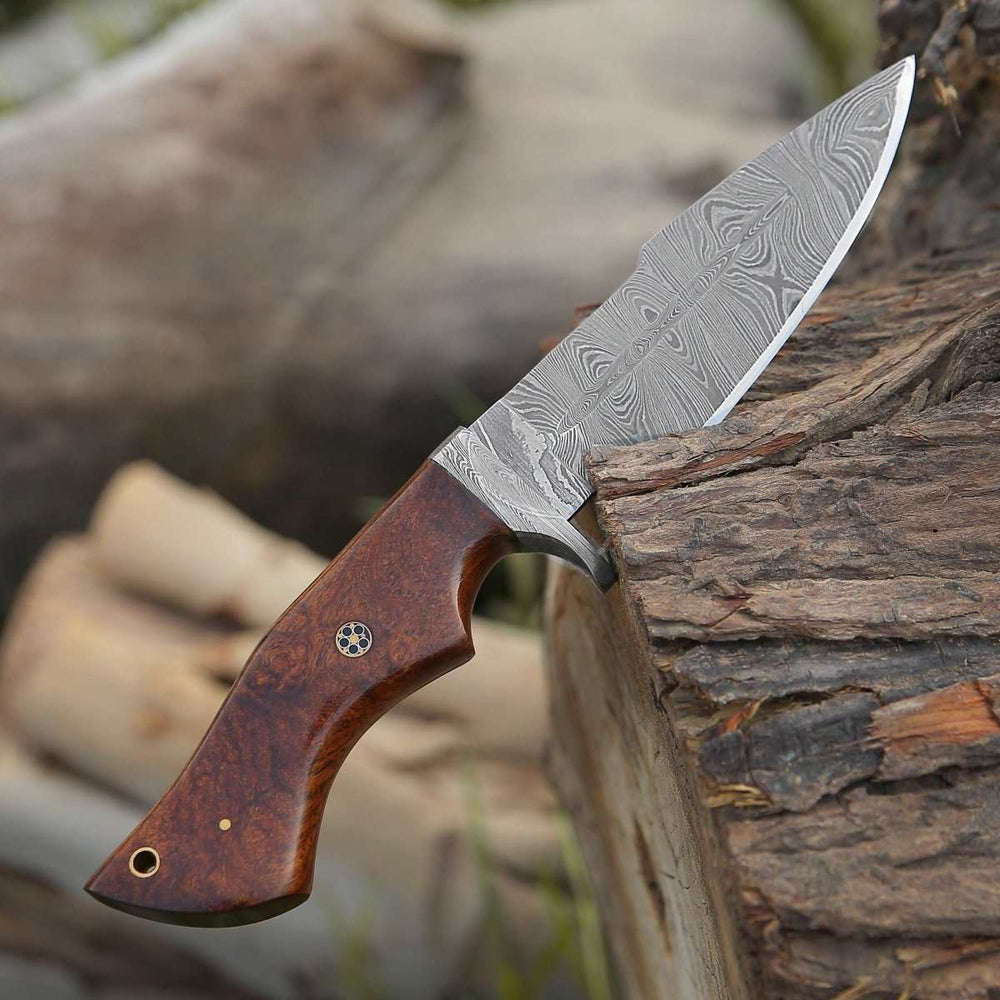
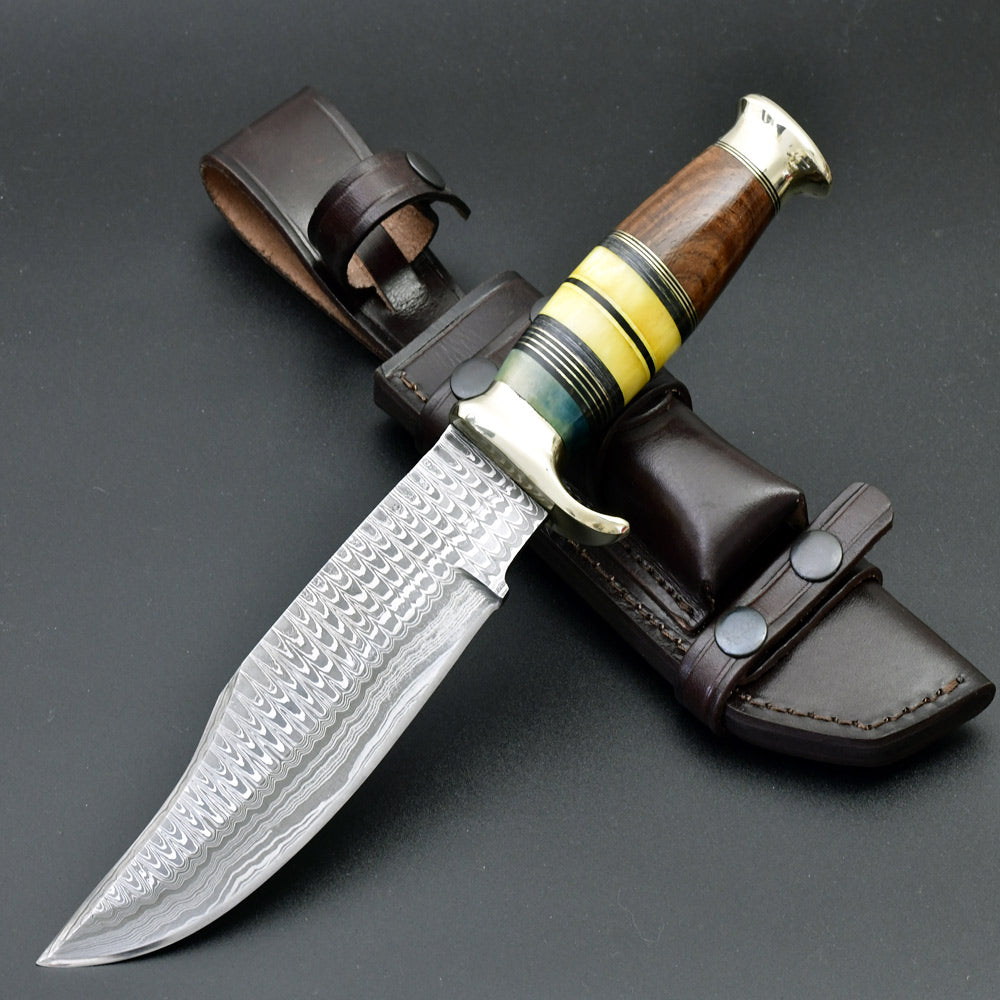
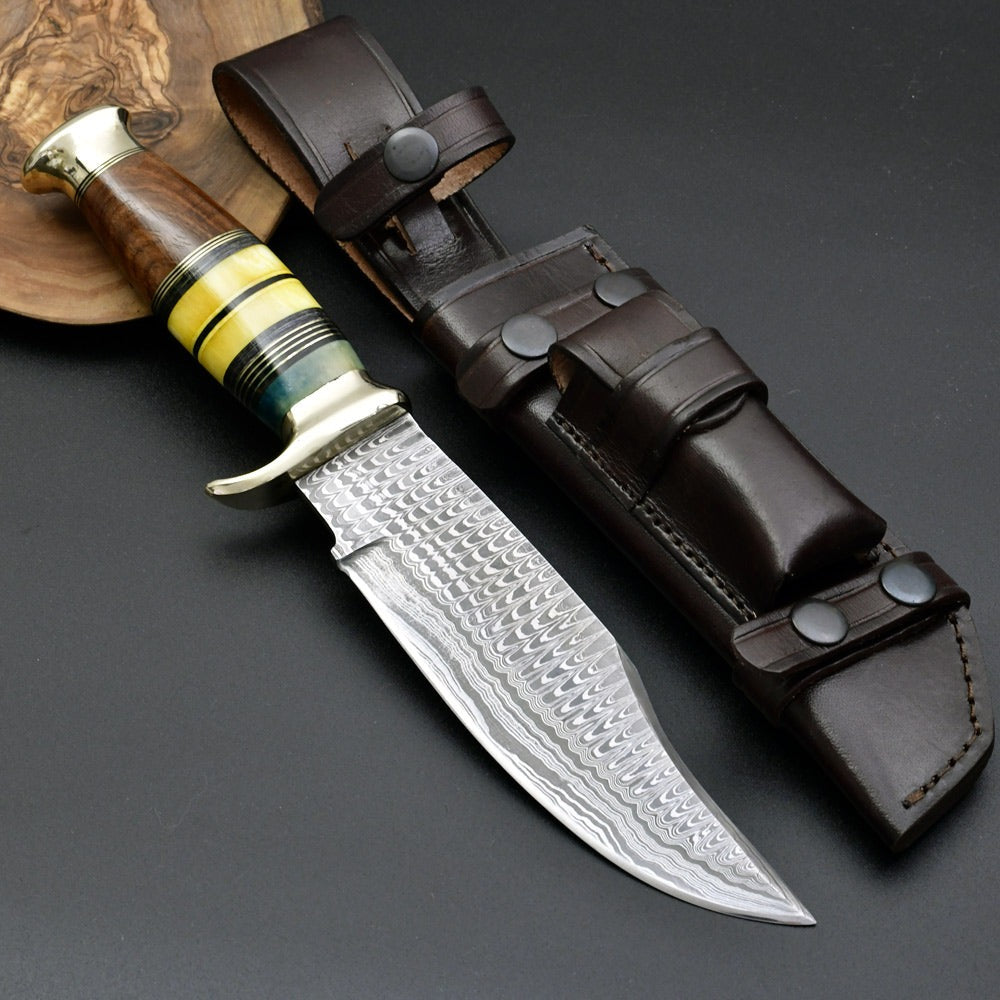
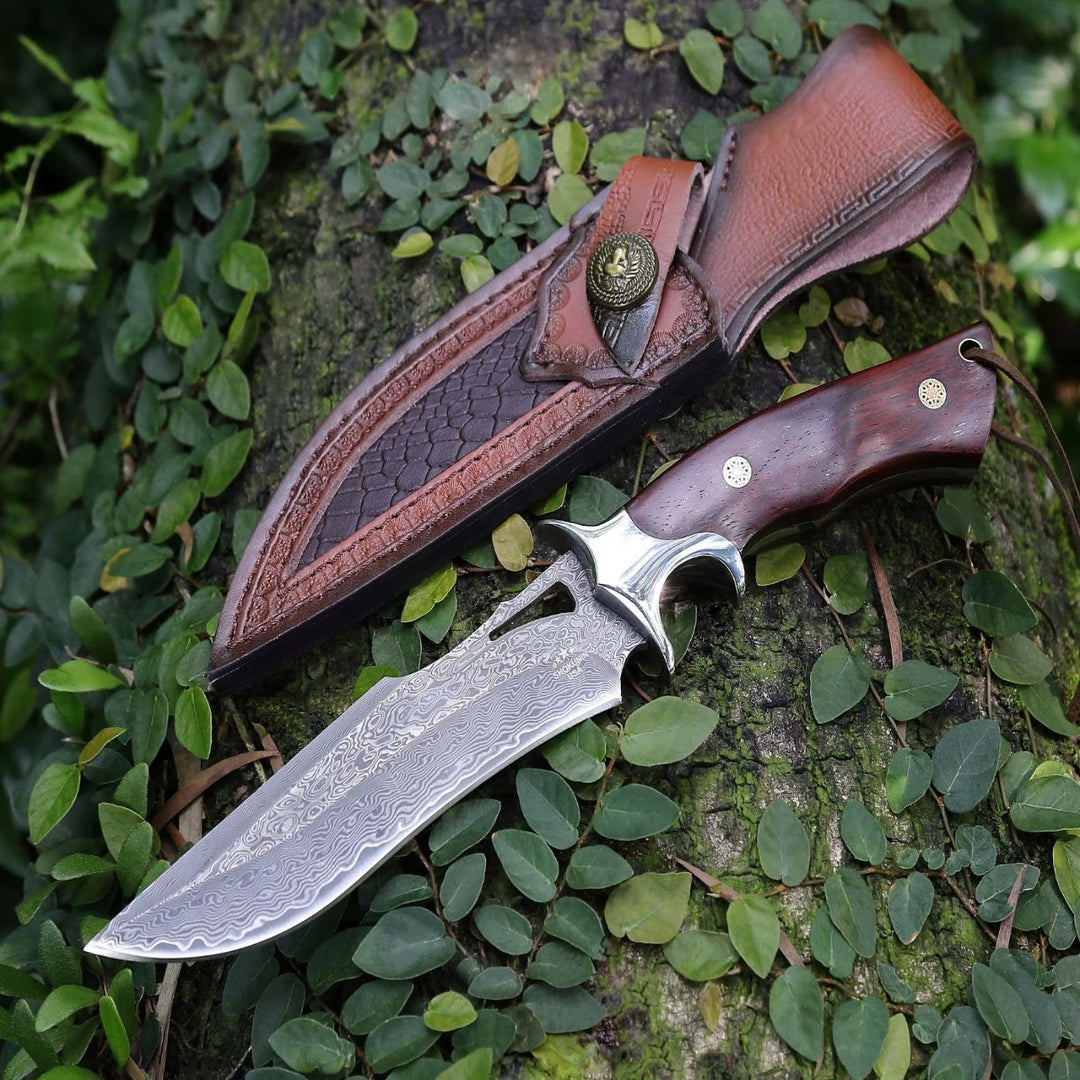
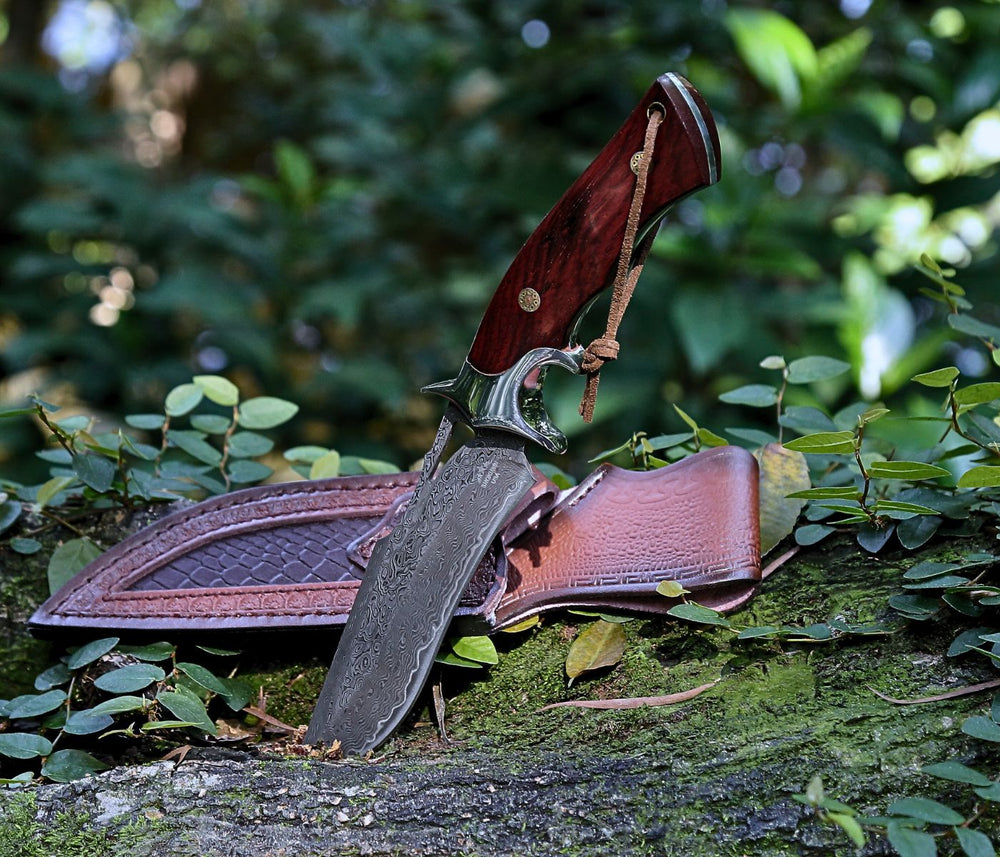
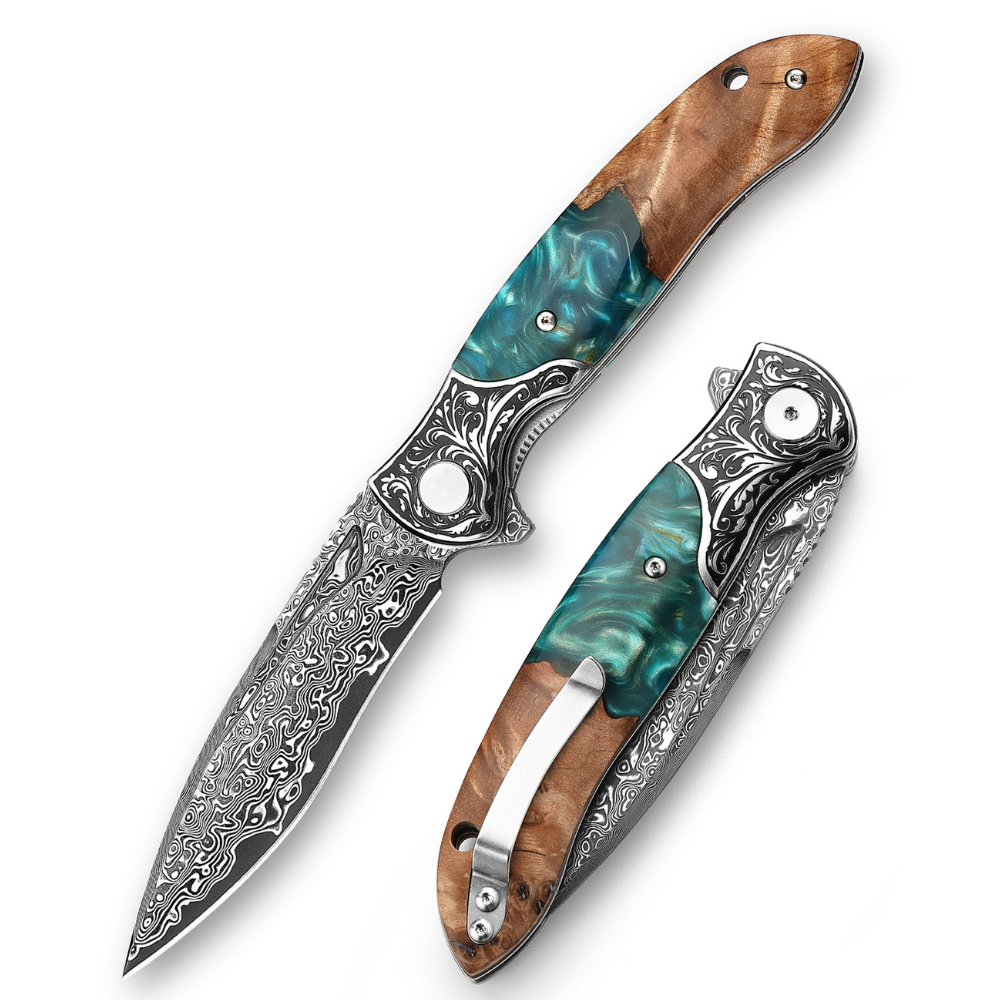
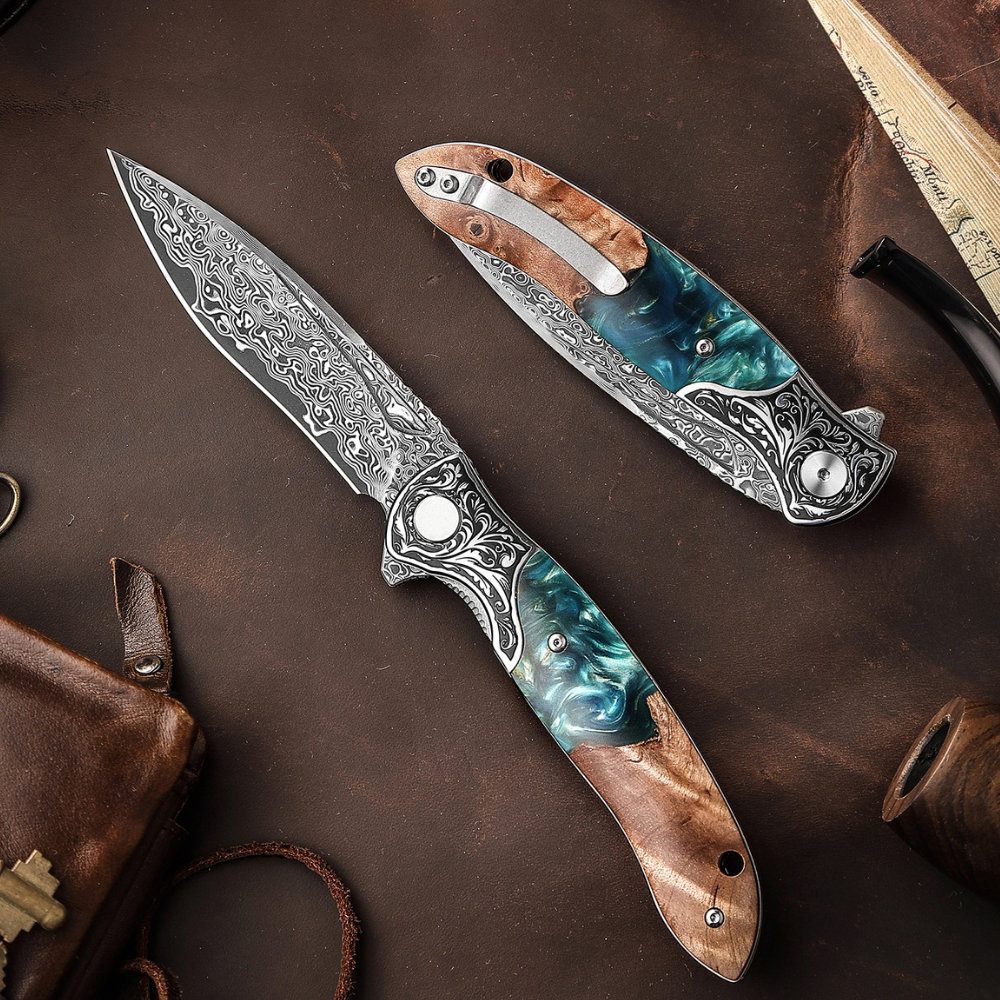
Leave a comment